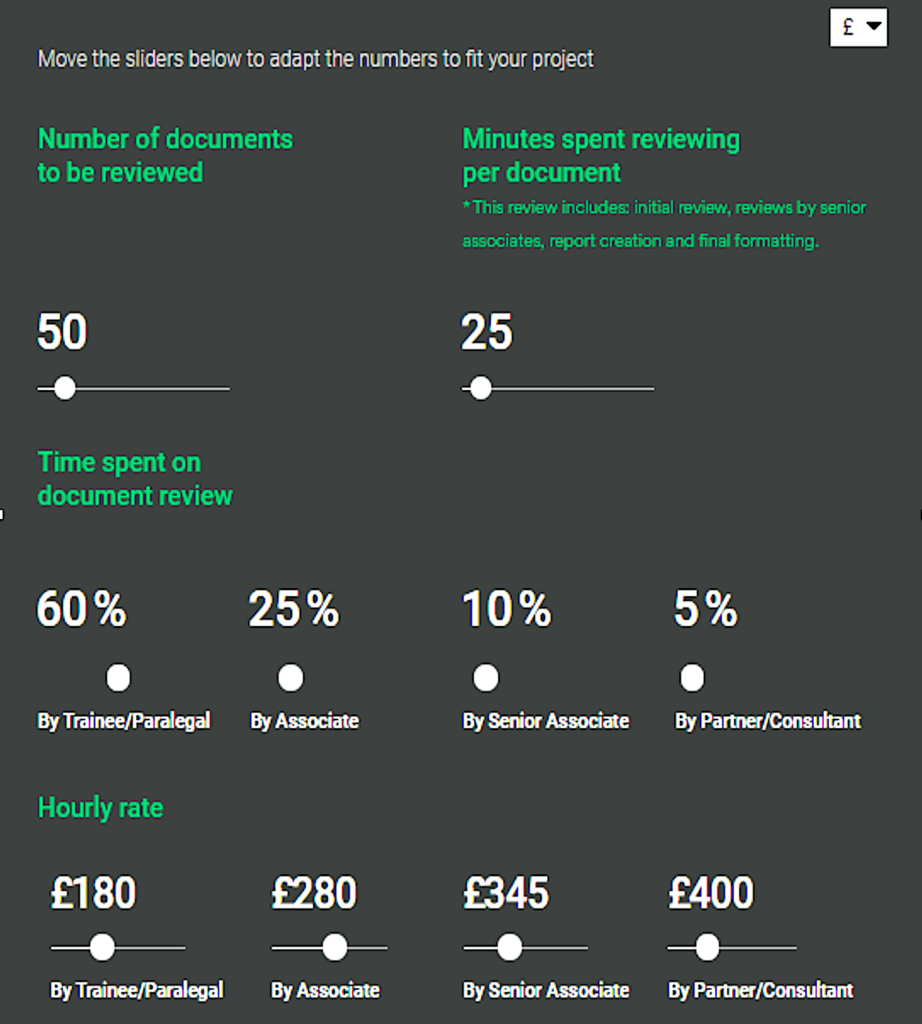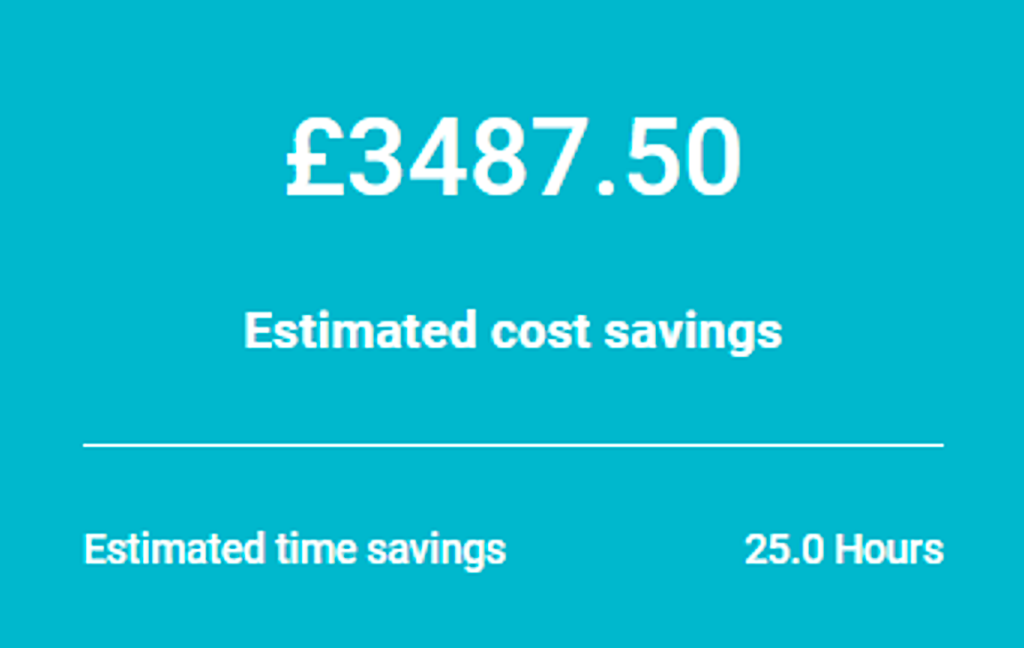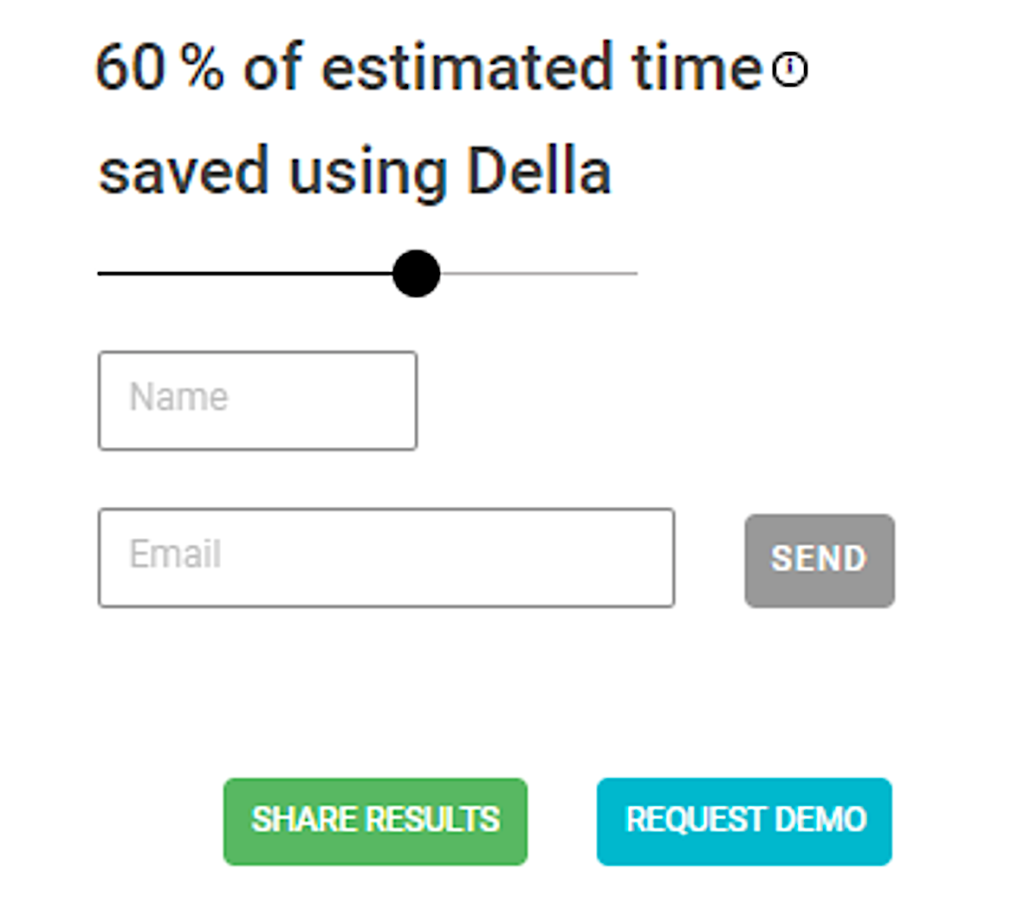
By Christophe Frèrebeau, CEO, Della
When purchasing new technology, or purchasing anything for that matter, it makes sense for us to try to understand the value of that investment, in terms of the benefits and returns our investment brings.
Not only do we need to prove that our chosen tool works, solving the problems that it’s meant to; but we also need to map any returns and benefits back to the business case we made to secure the funds to make the investment in the first place.
With a recent ILTACON panel suggesting that $5 billion has been invested in legal technology in the past few years and Gartner predicting legal tech budgets will increase threefold by 2025, it is clear that the digital transformation of legal processes and the use of legal technology, in both law firms and corporate legal departments, are not slowing down any time soon. But how can we measure the impact those tools are really having, and can we measure the returns offered by the legal tech tools that our firms or in-house teams have invested in?
With such enormous levels of investment taking place in legal technology, you could be forgiven for assuming that buyers in both law firms and corporations are racing to quantify the ROI of the purchases. However, many still struggle to measure the true impact of any technology and therefore struggle to put forward any quantifiable evidence of ROI. The question is why not? Is it too complicated? Are they afraid they might find out that the returns are not what they hoped they would be?
There are a number of reasons why law firms have struggled to calculate the ROI of legal technology in the past, for example:
- Law firms don’t know what to expect from the tech they have invested in
- They don’t how to implement the technology effectively
- They don’t know how to formulate strategies to ensure adoption
- They don’t know how to implement the new systems effectively
The reality is that there is often a gap between knowledge and expectation when investing in any technology. It’s likely that you have been sold the ‘dream’, i.e. this tool will increase the productivity and efficiency of your team, but when it comes to providing quantitative proof of returns, it’s difficult to show those benefits.
This doesn’t mean that it is impossible, it’s just about understanding the value and how to demonstrate it. There are a number of factors that could and, in many cases, should be used to calculate ROI. Speed, efficiency, convenience, ease of use….etc. But any ROI calculation needs to start with agreeing the problem or pain point it is trying to solve in the first place.
Common pain points
But before we dive headfirst into quantitative indicators of value, let’s have a look at the common problems law firms face which leads them to investing in legal technology, specifically contract analysis tools:
- Teams are inundated with low-value contract work meaning they can’t work on high-value contract work
- Legal professionals have to charge high fees for the number of hours they work which results in unhappy clients
- The results are slow and costly, which results in unhappy clients
In this scenario, a tool which can ultimately make the law firm more money and keep its clients happy is a win-win. However, the crucial point is that contract analysis platforms allow users to do more work, not just the same amount of work more cheaply.
Quantitative Value
Once we have established the problems that legal technology can solve, we need to determine the quantitative indicators of value. From a high level perspective, we are looking for savings of time and money. Here are some questions to help you get started with measuring against those indicators.
- How much will your investment cost per month?
- Does it eliminate third party contract review costs? Or save any additional resource costs?
- How long will your chosen tool take to implement? (consider selection, vendor negotiation, installation, testing and training)
- How many hours will each user or licencee spend on the tool / solution each day?
- How many of those hours will this solution save each user each day?
- How many hours are spent on fee earning vs on non-billable hours?
- How many contracts are currently signed per month and how many could potentially be signed when there is more time to do so?
- How many extra hours could be dedicated to more valuable work?
Ultimately, you need to ask yourself whether your chosen technology investment will drive change more cheaply than people could[1], both financially and in terms of ways of working? The only way to answer this question is to find out how much time and money could you save by investing in technology.
We believe that most important qualitative value indicators of investing in legal technology are:
- Added revenue;
- Saved costs;
- Saved time/hours;
- Speed of deployment;
- Time to value
We want to make it easy for law firms to calculate the ROI of any investment they make in legal technology, so we have developed The Della ROI Calculator for Law Firms, which provides you with the key cost savings and time savings if you were to deploy Della or any other tool to accelerate contract review in your law firm.
Our calculator allows you to input the number of documents that you need to review on any given project. You then indicate how many minutes would spend on average reviewing one document. Next, you indicate how the document review is split across your team in terms of the percentage of time they would spend reviewing. Finally you assign each team member their specific hourly rate.

Our calculator also works in real-time, so you will be able to see any changes as you make them. With the key ROI indicators being your estimated cost savings as well as time saved in hours.

By default our calculator assumes that Della’s platform will save you on average 60% of time on your contract review. This figure is based on our user average. However, if you don’t think that you will save you 60% of time, our calculator allows you to change that figure to one that you think is more accurate.
Lastly, once you are happy with the ROI calculation, you can have your results emailed to you, or you can share the results with the stakeholders in your law firm to help you to make or back up a business case.

The best bit is that since the Della Platform is pre-trained using massive language models, the average time spent training and getting the platform ready for use is negligible, especially when compared to other players on the market (so you needn’t worry about that messing with your ROI calculations).
Remember that building an effective AI strategy is key. With user involvement being cited as being 15 times more critical than having the right tools, both factors will have a huge impact on ROI. Choosing to invest in a tool is only the first step, and creating a robust strategy for implementation and adoption will pay off later down the line.
For educated and savvy law firms and corporate departments, the only thing justifying an investment is measurable benefits. The numbers of course matter, how much time and money could you potentially save, but quality intangibles such as less stress, happier clients and fewer missed deadlines are the real return on investment.
Useful resources
- Della ROI Calculator
- How to build a winning AI Strategy
- Language Models – The Technology Behind Della
[1] It’s worth considering the positive change in relation to changing the ways of working at a law firm, for example the mental health benefits of taking repetitive work off people’s desks and enabling a better work/life balance.

[ Artificial Lawyer is proud to bring you this sponsored thought leadership article by Della. ]
2 Trackbacks / Pingbacks
Comments are closed.